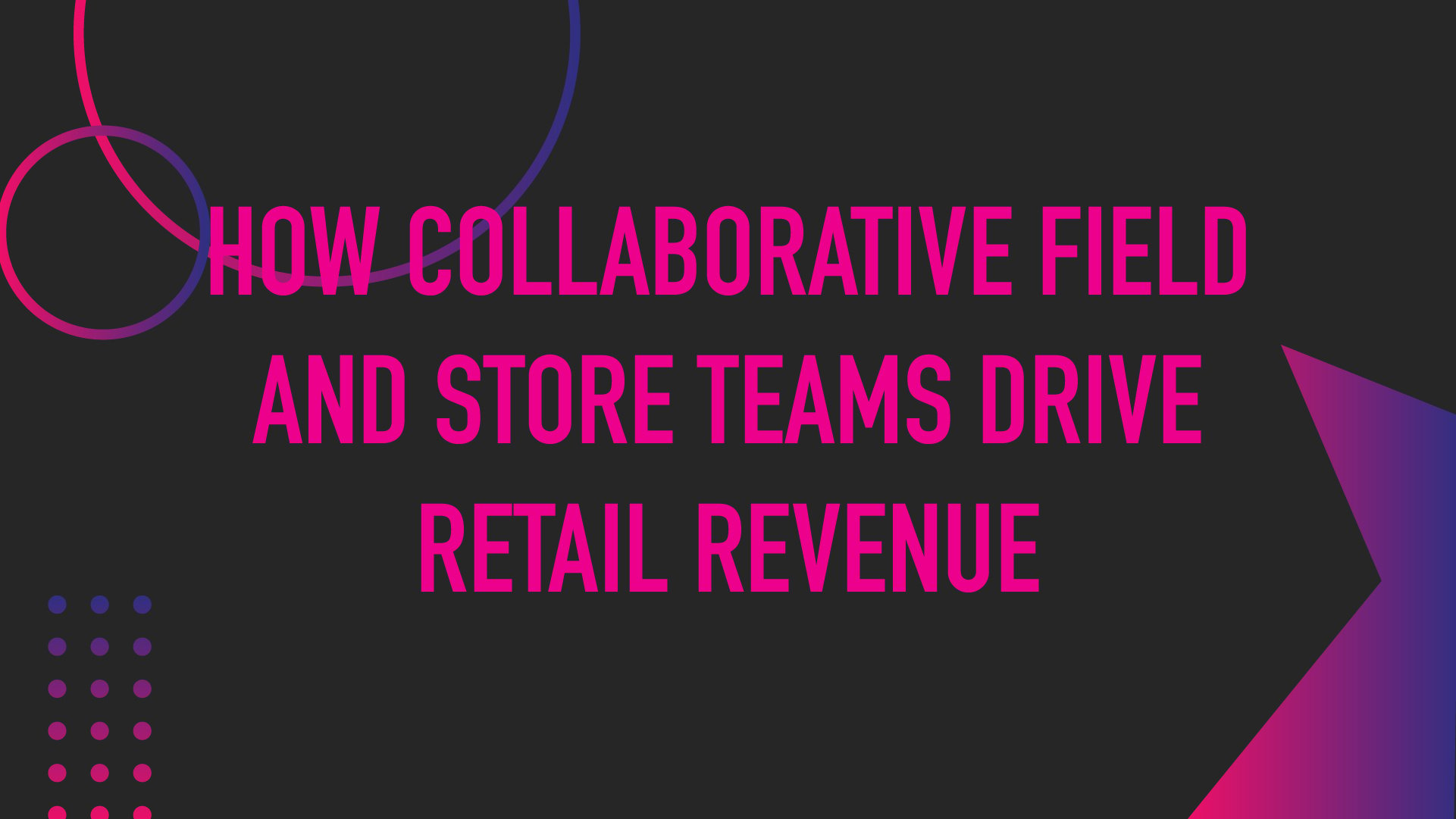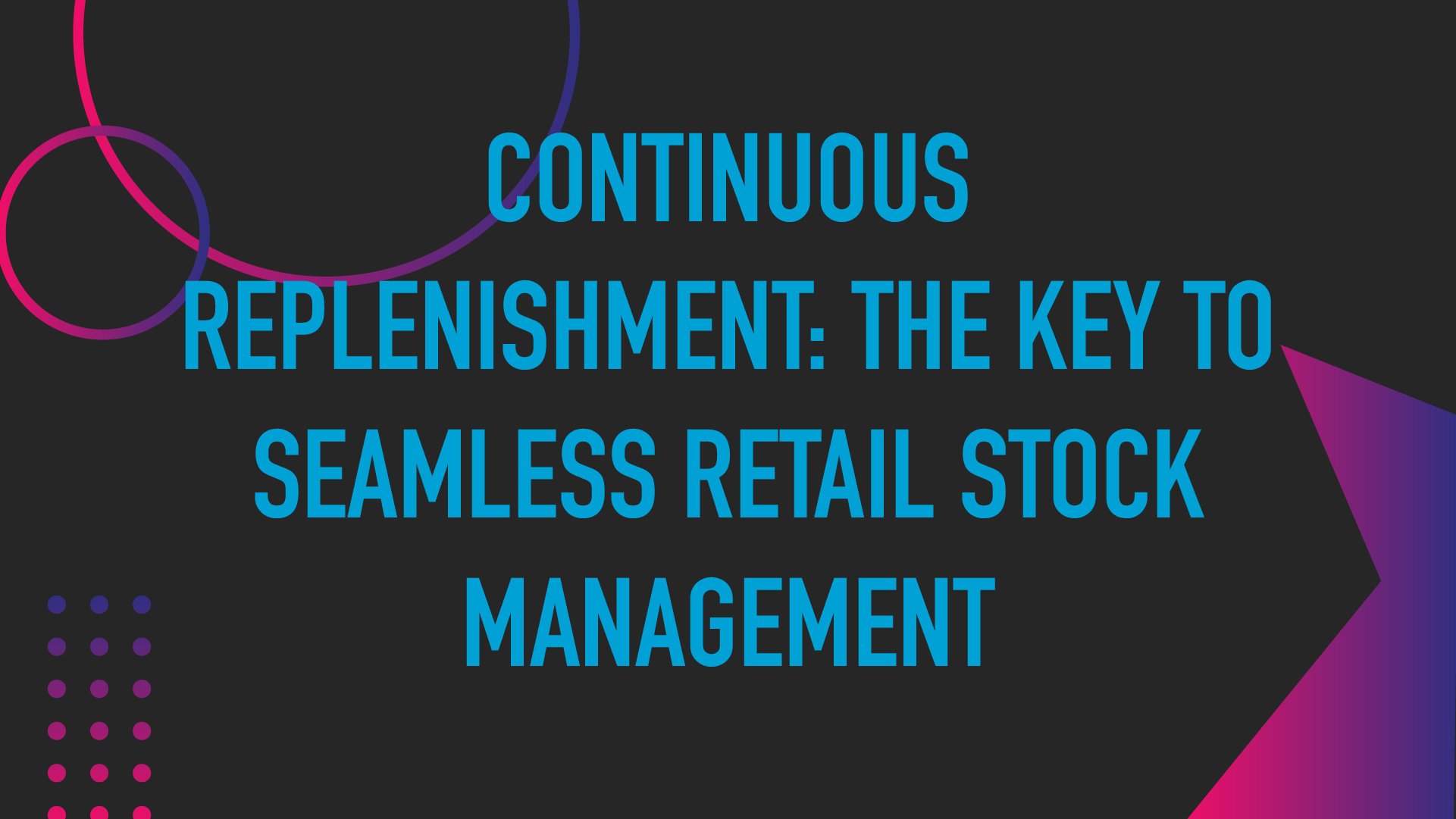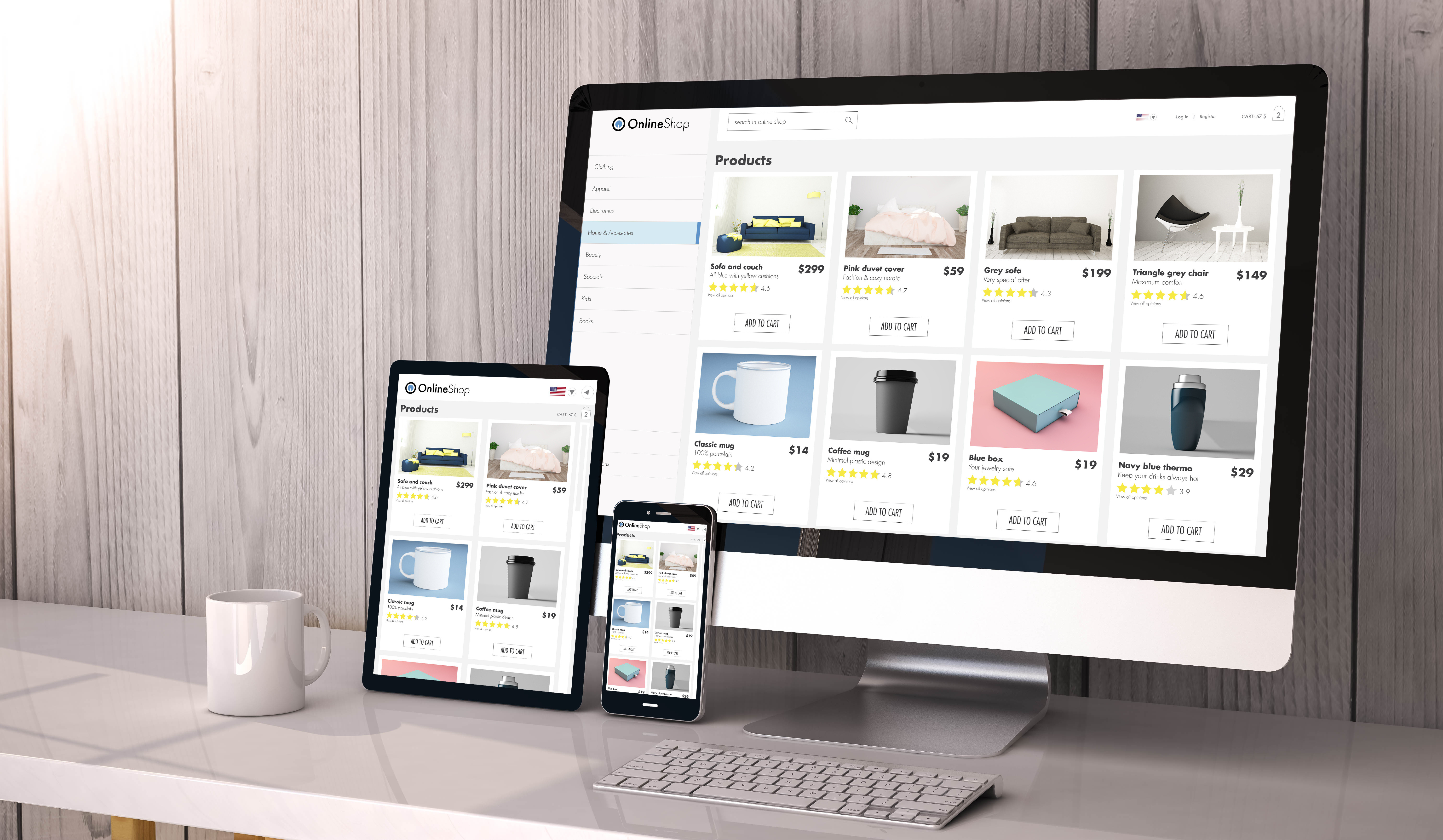5 Strategies to Improve Employee Productivity in Retail


Boost Employee Productivity with 5 Proven Retail Strategies
Retail managers and operations leaders face an uphill battle balancing rising labor costs, evolving customer expectations, and maintaining a positive employee experience. The key to overcoming these operational challenges lies in adopting innovative, data-driven strategies that empower teams while streamlining operations. These approaches not only enhance productivity but also foster a workplace culture where employees thrive.
1. Implement Smart Task Management Systems
Effective task management is the backbone of retail productivity, yet outdated systems like manual task lists or spreadsheets often lead to miscommunication and inefficiencies. Smart task management platforms offer a game-changing solution by automating workflows and providing employees with clear, actionable priorities.
Retail teams adopting these systems report a 20-30% improvement in operational efficiency by eliminating redundant tasks and improving communication. Managers can assign tasks based on individual skills or availability, while employees receive real-time updates via mobile apps. This transparency ensures accountability and reduces downtime, allowing teams to focus on high-impact activities.
These systems transform workdays for employees by reducing the frustration of unclear or duplicated tasks. By fostering a sense of accomplishment and purpose, smart task management empowers teams to feel more engaged and effective in their roles.
2. Optimize Workforce Scheduling with Real-Time Data
Over-scheduling wastes resources, while under-scheduling stresses employees and frustrates customers. The solution lies in real-time scheduling software that aligns shifts with actual store demands. By leveraging historical sales data, seasonal trends, and traffic patterns, these systems create dynamic schedules that adapt to fluctuating needs.
Retail leaders using real-time scheduling tools have seen labor costs drop by 12-20% while employee satisfaction improves by 25%, thanks to fairer and more predictable schedules. This optimization minimizes overtime, prevents burnout, and ensures adequate coverage during peak times.
For employees, predictable schedules provide stability and a better work-life balance, leading to increased morale and long-term retention. When teams feel valued and workloads are manageable, they deliver exceptional customer service.
3. Leverage Technology to Enhance Visual Merchandising
Not only does effective visual merchandising drive sales, but it also streamlines employee workflows. Smart shelves and inventory tracking systems revolutionize how stores approach merchandising by integrating data-driven insights into product placement and display management.
Stores using technology-driven merchandising solutions experience up to a 30% increase in sales and a 35% reduction in time spent on restocking and rearranging displays. Real-time data highlights which displays generate the most engagement, enabling managers to optimize layouts for maximum impact.
Employees benefit from clearer guidelines and fewer repetitive tasks, freeing them to focus on customer interactions and value-added activities. For customers, intuitive displays improve navigation and create a seamless shopping experience, enhancing satisfaction and loyalty.
4. Foster Employee Engagement Through Feedback and Recognition
Engaged employees are the cornerstone of a productive retail operation. Teams that feel valued, heard, and recognized are more motivated to excel. Conversely, disengaged employees can negatively impact morale and efficiency.
Low-engagement teams face turnover rates 18% to 43% higher than their engaged counterparts. Businesses with highly engaged teams consistently outperform competitors, highlighting the value of fostering a positive work culture.
Retail managers can boost engagement by implementing recognition programs, seeking regular feedback, and offering professional development opportunities. For instance, mentorship programs or training sessions on new technologies help employees build skills while feeling more invested in their roles. Recognized and supported employees are more likely to stay loyal and contribute meaningfully to store success.
5. Use Real-Time Analytics to Measure and Improve Productivity
Decision-making in retail should be data-driven, not based on guesswork. Real-time analytics provide managers with actionable insights into store performance, enabling them to identify inefficiencies and implement targeted improvements.
Analytics can reveal if employees are spending excessive time on manual inventory checks, prompting a shift to automated solutions. This approach not only frees up time for customer engagement but also ensures continuous operational improvement.
Real-time analytics also enhance decision-making and outcomes, potentially boosting sales by up to 30% and improving customer retention rates by 20%. By proactively addressing challenges and tracking key metrics, managers create a culture of accountability and adaptability that drives long-term success.
The Personal Impact: Empowering Employees to Succeed
Employee productivity isn’t just about hitting operational targets—it’s about creating an environment where teams feel supported and capable of performing at their best. When workflows are simplified, schedules align with real-world demands, and recognition is embedded in the workplace culture, employees gain the confidence to excel in their roles.
Businesses that invest in their team’s growth and satisfaction see higher engagement, reduced turnover, and improved customer experiences. By equipping employees with the right tools and fostering a culture of collaboration, managers empower their store and field teams to focus on delivering exceptional service and driving store success.
The Future of Retail Productivity
Investing in strategies to boost employee productivity isn’t just about keeping operations running—it’s about gaining a competitive edge in an evolving retail landscape. For retail managers and operations leaders, the opportunity lies in leveraging technology, fostering employee engagement, and embracing data-driven decision-making to tackle rising costs and shifting customer expectations.
These innovations aren’t optional—they’re essential to building resilient teams and adaptable operations. By creating a culture that supports employees and prioritizes their growth, businesses can achieve sustainable, long-term success. The future of retail productivity isn’t limited to efficiency—it’s about empowering teams to thrive, delivering exceptional customer experiences, and positioning operations to lead in a dynamic marketplace.

featured content
featured content

Fresher Inventory Management through Unified Planning and Execution
The key to improving fresh food inventory management is to unify the teams & technology of central planning & store execution. Learn why in this thought leadership blog between Movista and RELEX Solutions.









